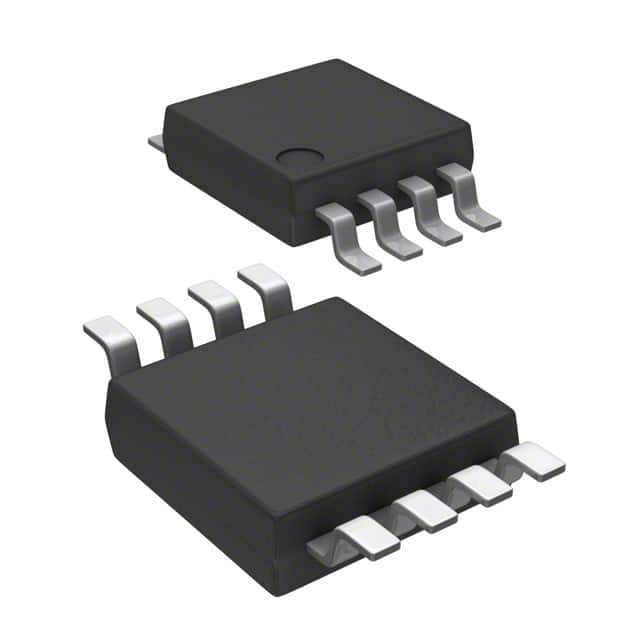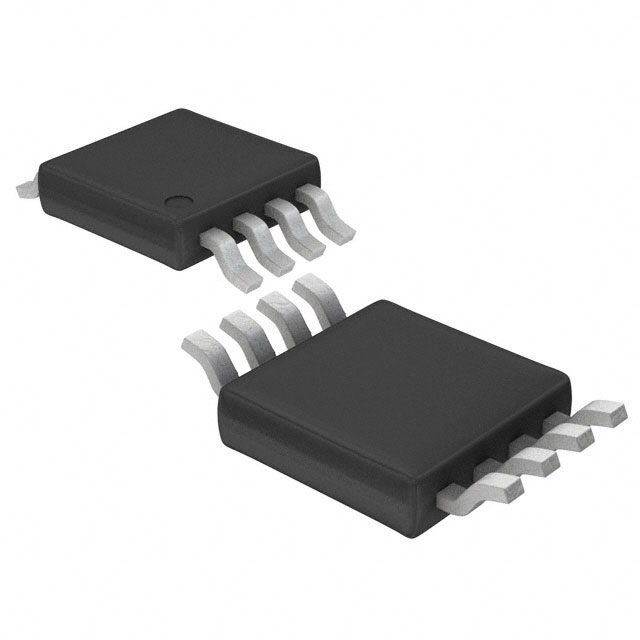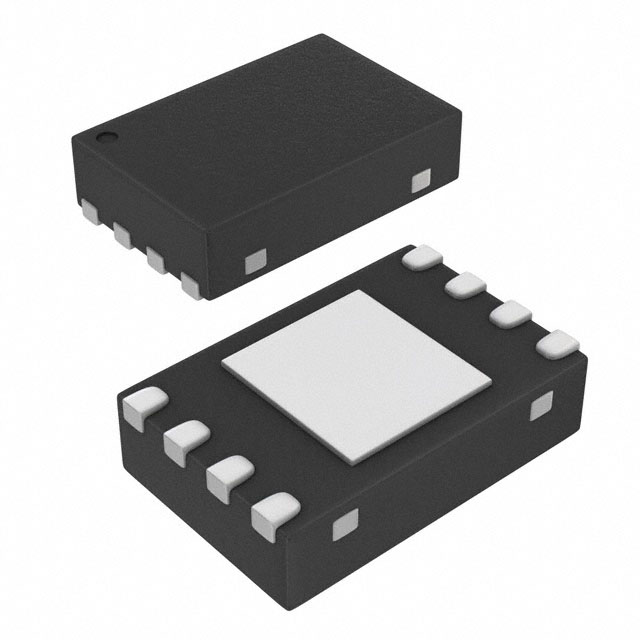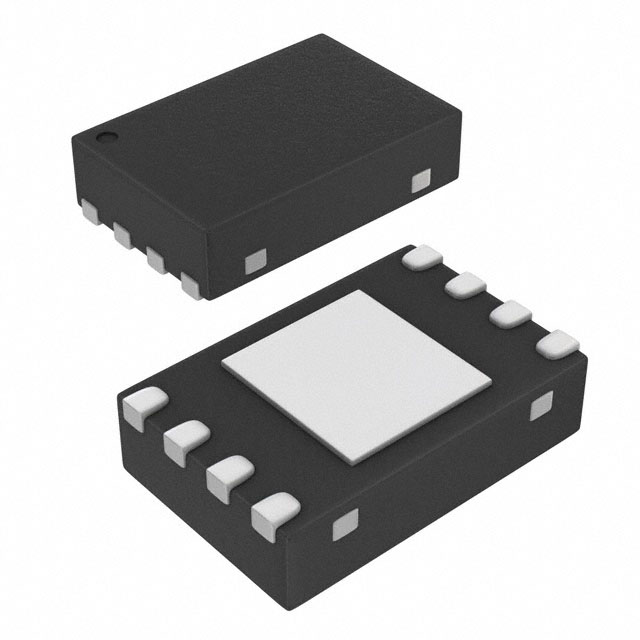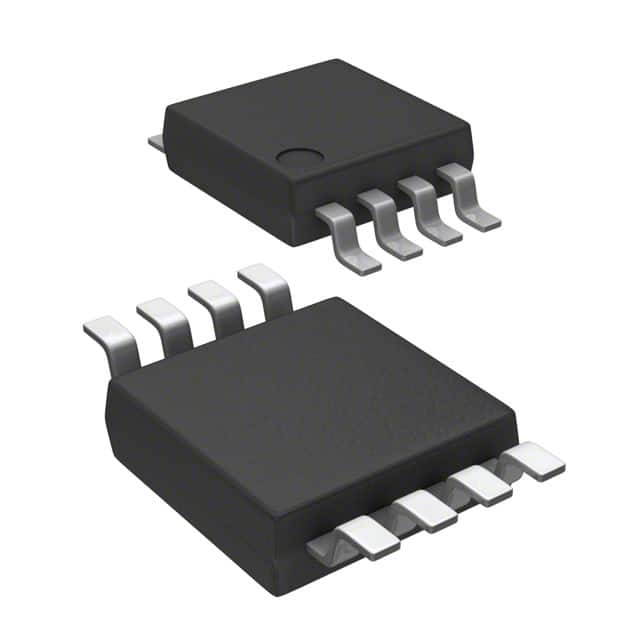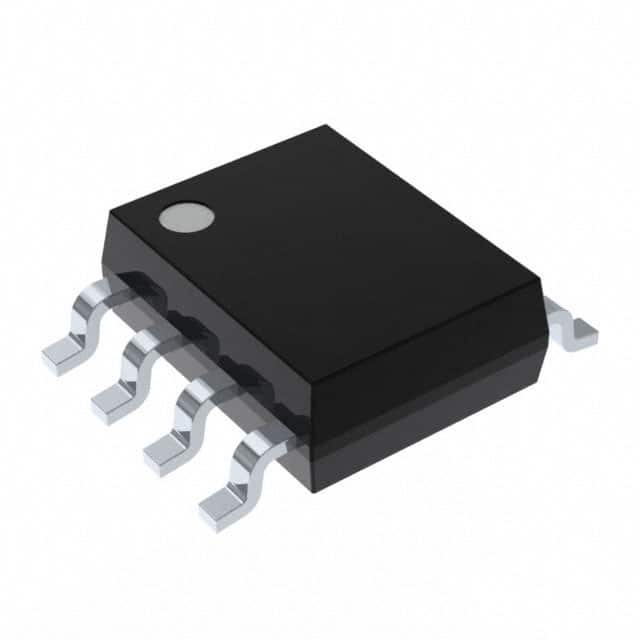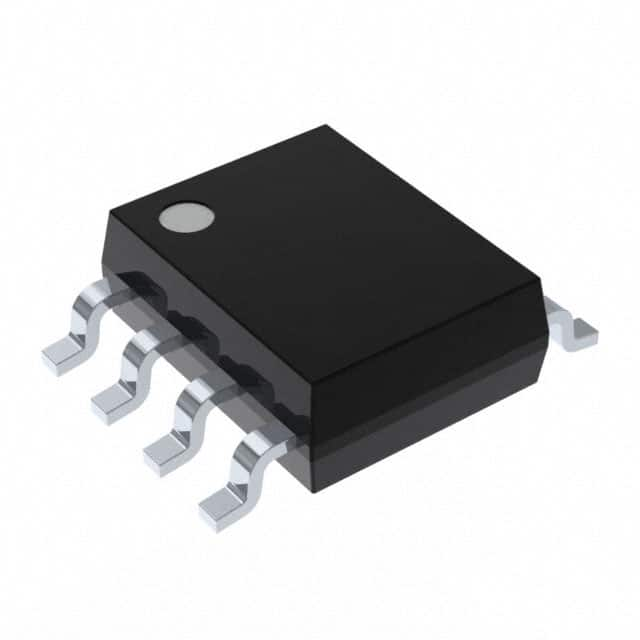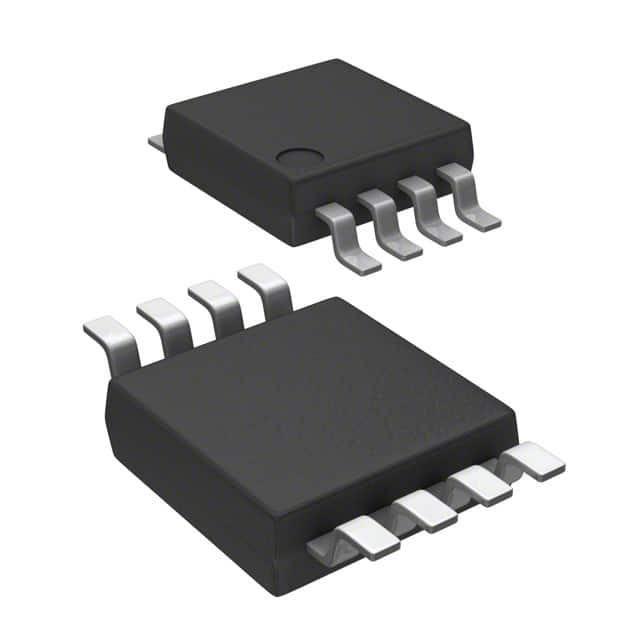DS1077U-100+T&R Product Introduction:
Maxim Integrated Part Number DS1077U-100+T&R(Clock/Timing - Programmable Timers and Oscillators), developed and manufactured by Maxim Integrated, distributed globally by Jinftry. We distribute various electronic components from world-renowned brands and provide one-stop services, making us a trusted global electronic component distributor.
DS1077U-100+T&R is one of the part numbers distributed by Jinftry, and you can learn about its specifications/configurations, package/case, Datasheet, and other information here. Electronic components are affected by supply and demand, and prices fluctuate frequently. If you have a demand, please do not hesitate to send us an RFQ or email us immediately sales@jinftry.com Please inquire about the real-time unit price, Data Code, Lead time, payment terms, and any other information you would like to know. We will do our best to provide you with a quotation and reply as soon as possible.
Introducing the Maxim Integrated DS1077U-100+T&R, a versatile and high-performance programmable oscillator designed to meet the demanding requirements of various applications. With its advanced features and exceptional reliability, this product is set to revolutionize the field of timing solutions.
The DS1077U-100+T&R offers a wide frequency range, from 1kHz to 133MHz, allowing for precise timing control in a variety of applications. Its programmable nature enables users to easily adjust the frequency output to suit their specific needs, making it an ideal choice for applications that require flexibility and customization.
This oscillator also boasts low power consumption, making it suitable for battery-powered devices and energy-efficient systems. Its compact size and surface-mount package ensure easy integration into any design, saving valuable board space.
The DS1077U-100+T&R is suitable for a wide range of applications, including telecommunications, industrial automation, consumer electronics, and medical devices. It can be used as a clock source for microcontrollers, digital signal processors, and other digital circuits, ensuring accurate and reliable timing for critical operations.
With its exceptional performance, programmability, and wide range of applications, the Maxim Integrated DS1077U-100+T&R is the perfect choice for engineers and designers seeking a reliable and versatile timing solution. Experience the power of precise timing control with the DS1077U-100+T&R.
Programmable Timers are electronic components that allow users to program time intervals or perform specific temporal logic. It integrates counters, logic circuits, and possibly storage units to precisely control the time flow according to preset instructions. The main function is to provide accurate time delay or timing signals. Oscillators are circuits that produce periodically changing signals, and their core is to be able to stably output signals of a certain frequency as a clock source or signal source for electronic systems.
Application
Programmable timer, main function is to provide accurate time control function. Whether it is simple timing delay, or complex timing logic, it can be programmed to achieve. This makes it widely used in situations where precise time management is required, such as industrial automation, communication equipment, consumer electronics and so on. Oscillators are used in a wide range of fields, including but not limited to electronic engineering, communications, measurement, computer systems, clock synchronization, control equipment and many other fields. In radio communication, oscillators are used to generate carrier signals; In audio equipment, oscillators are used to generate audio signals; Inside the computer, an oscillator is used to provide the system clock.
FAQ about Clock/Timing - Programmable Timers and Oscillators
-
1. What is a programmable timer?
A programmable timer is a device that can be preset by manually setting programming instructions and accumulate timing according to clock pulses. It allows users to set specific timing tasks as needed, and automatically perform corresponding operations after reaching the preset time. Programmable timers are widely used in various occasions, from computer rooms, schools and mechanical institutions to kitchen appliances in homes.
Programmable timers are based on the accumulation of clock pulses, and clock pulses have different specifications such as 1ms, 10ms, and 100ms. (The working process of the timer is actually counting clock pulses) Due to work needs, in addition to occupying its own numbered memory bit, the timer also occupies a set value register (word) and a current value register (word). The set value register (word) stores the timing time setting value assigned during programming.
-
2. What is the timer in the system used for?
he timer in the system is mainly used to synchronize various gate circuits in the CPU, generate clock frequency, or provide pulse signal counting to peripherals. The system timer can display time and record time, generate time interrupts, and count years, months, days, weeks, hours, minutes, and seconds.
Specifically, timers have the following uses in computer systems:
Time interval generator: Generates periodic time stamp signals for various related purposes.
Various time limiters: Used as "time-out warning" or "timeout alarm".
Baud rate generator: Flexible determination of serial transmission rate.
Speed control of DC motor (PWM output): Control of DC motor speed is achieved by controlling pulse width modulation (PWM) output.
-
3. What is a program timer?
A program timer is a tool used to measure the execution time of a program. It provides a simple way to measure the execution time of a code block or an entire program, helping developers better understand the performance of the program and the potential for optimization.
In a computer processor, the program counter (PC) is a register that stores the address of the next instruction. When an instruction is executed, the processor needs to fetch the instruction from the memory according to the instruction address in the PC, and then the address of the PC is automatically increased by one or the address of the next instruction is given by the transfer pointer, and each instruction is executed in this way.
 Lead free / RoHS Compliant
Lead free / RoHS Compliant



